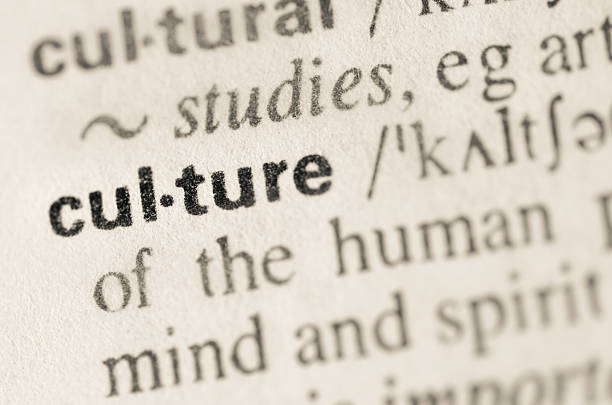Arts and humanities are two terms that are often used interchangeably, but they are not exactly the same. Arts and humanities are both academic disciplines that study the various aspects of human culture, but they have different meanings, backgrounds, scopes, and emphases. In this blog, we will explore the difference between arts and humanities, as well as the importance of studying them.
Meaning & Definitions of Arts and Humanities
The word “arts” comes from the Latin word “ars”, which means “skill” or “craft”. Arts are the study of the creation and appreciation of visual, auditory, or performative works, such as paintings, sculptures, music, dance, and theater, that express the aesthetic and artistic sensibilities of human beings. Arts can help students to develop their creative and expressive skills, as well as to enjoy and evaluate the artistic works and traditions of different cultures and periods.
The word “humanities” comes from the Latin word “humanitas”, which means “human nature” or “human quality”. Humanities are the study of the various aspects of human culture, such as literature, history, philosophy, art, religion, and languages. Humanities can help students to explore the values, beliefs, ideas, and expressions that shape and reflect the human experience.
Background and Scope of Arts and Humanities
The origin of arts and humanities can be traced back to the ancient civilizations of Greece and Rome, where they were regarded as the core of a liberal arts education for the elite. The concept of arts and humanities was further developed by the Renaissance scholars, who revived the classical learning and culture, and by the Enlightenment thinkers, who emphasized the rational and humanistic values of humanity.
However, arts and humanities education did not remain static, but rather adapted to the changing needs and interests of society. In the 19th and 20th centuries, arts and humanities expanded to include the new and emerging subjects that reflected the social and cultural transformations of the modern world, such as psychology, sociology, linguistics, and cultural studies. Arts and humanities also responded to the challenges and critiques posed by the scientific and technological developments, such as the rise of positivism, empiricism, and naturalism.
Today, arts and humanities cover a vast and diverse range of subjects that span the historical and contemporary dimensions of human culture, as well as the local and global perspectives of human society. Arts and humanities also engage with the interdisciplinary and cross-cultural dialogues that address the complex and multidimensional issues facing the world, such as globalization, multiculturalism, identity, and ethics.
Differences between Humanities and Arts
Arts and humanities are both academic disciplines that study the various aspects of human culture, but they have different meanings, backgrounds, scopes, and emphases. Some of the differences between arts and humanities are:
- Arts are more focused on the creative and expressive aspects of human culture, while humanities are more focused on the analytical and interpretive aspects of human culture.
- Arts are more concerned with the form and style of the cultural works, while humanities are more concerned with the content and meaning of the cultural works.
- Arts are more subjective and personal, while humanities are more objective and universal.
- Arts are more influenced by the individual and cultural preferences and tastes, while humanities are more influenced by the historical and social contexts and trends.
- Arts are more based on the intuition and imagination of the creators and the viewers, while humanities are more based on the reason and evidence of the scholars and the readers.
Importance of Arts and Humanities
Arts and humanities are important for several reasons, such as:
- Arts and humanities can help students to become well-rounded and versatile individuals, who can integrate and apply their knowledge and skills across different domains and contexts.
- Arts and humanities can help students to become adaptable and flexible learners, who can cope with and thrive in the changing and uncertain world.
- Arts and humanities can help students to become innovative and original thinkers, who can generate and implement new ideas and solutions for the challenges and opportunities that they encounter.
- Arts and humanities can help students to become engaged and responsible citizens, who can participate and contribute to the democratic and diverse society.
Conclusion
The arts and humanities are two fields of study that explore different aspects of human culture and expression. Is humanities and arts same? They are not the same, but they are closely related and often overlap. The arts include visual art, music, theater, dance, literature, and cinema, among other forms of creative production. The humanities include disciplines such as history, philosophy, languages, religion, and cultural studies, among others. The arts and humanities subjects list is very diverse and covers a wide range of topics and perspectives. Humanities and arts are same in the sense that they both aim to enrich our understanding of ourselves and the world around us, and to foster critical thinking, creativity, and empathy.



